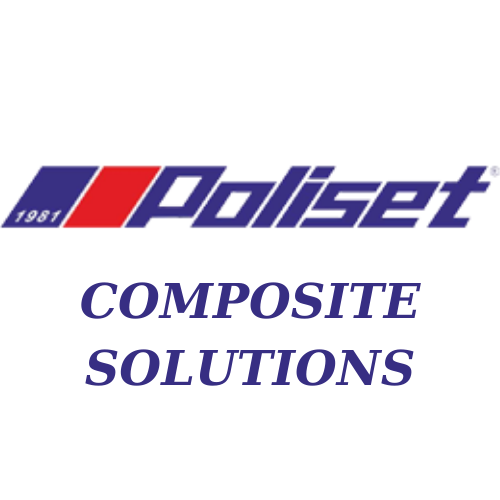Hot Press Applications SMC – BMC
Hot Press Applications – SMC – BMC
SMC production method provides higher stiffness and durability specifications than BMC methods under favour of longer fiber materials.
SMC and BMC hot press production methods provides thermal and chemical resistant with high surface quality composite materials
Key advantages;
- Fast cure times and short takt times
- Single step molding process
- Highly automatable
SMC – Sheet Moulding Compound
SMC production has an impressive performance in the automotive industry with the advantages of faster, efficient design and mass production.
SMC proves that can be used in many ways due to its superior performance in products exposed to a chemical environment.
Mold temperature is between 120-170 ° C. SMC can be named as both process and reinforced composite material. The longer fiber materials in SMC provide higher stiffness and durability properties than BMC.
Examples of SMC applications ;
- washing machines
- air conditioners
- refrigerators
- frying machines
- computers
- office equipment
Key advantages;
- Cost / performance advantage over metal materials
- Many parts can be combined in a single mold.
- SMC products are lightweight and have high stiffness and strength properties.
BMC – Bulk Moulding Compound
BMCs are opposition with metal castings and engineering thermoplastics.
Main application areas;
- Large or small sized home appliances
- automobile headlights
- circuit breakers
- gearboxes and brush stems
- pump housings
- electrical applications
Key advantages;
- Provides superior stiffness, flame resistance and corrosion resistance with the addition of high rate of filler usage.
- Products with sensitive dimensional tolerances can be molded, metal parts can be embedded in the product.
- Injection molding provides possibility to use secondary reinforcement materials.
